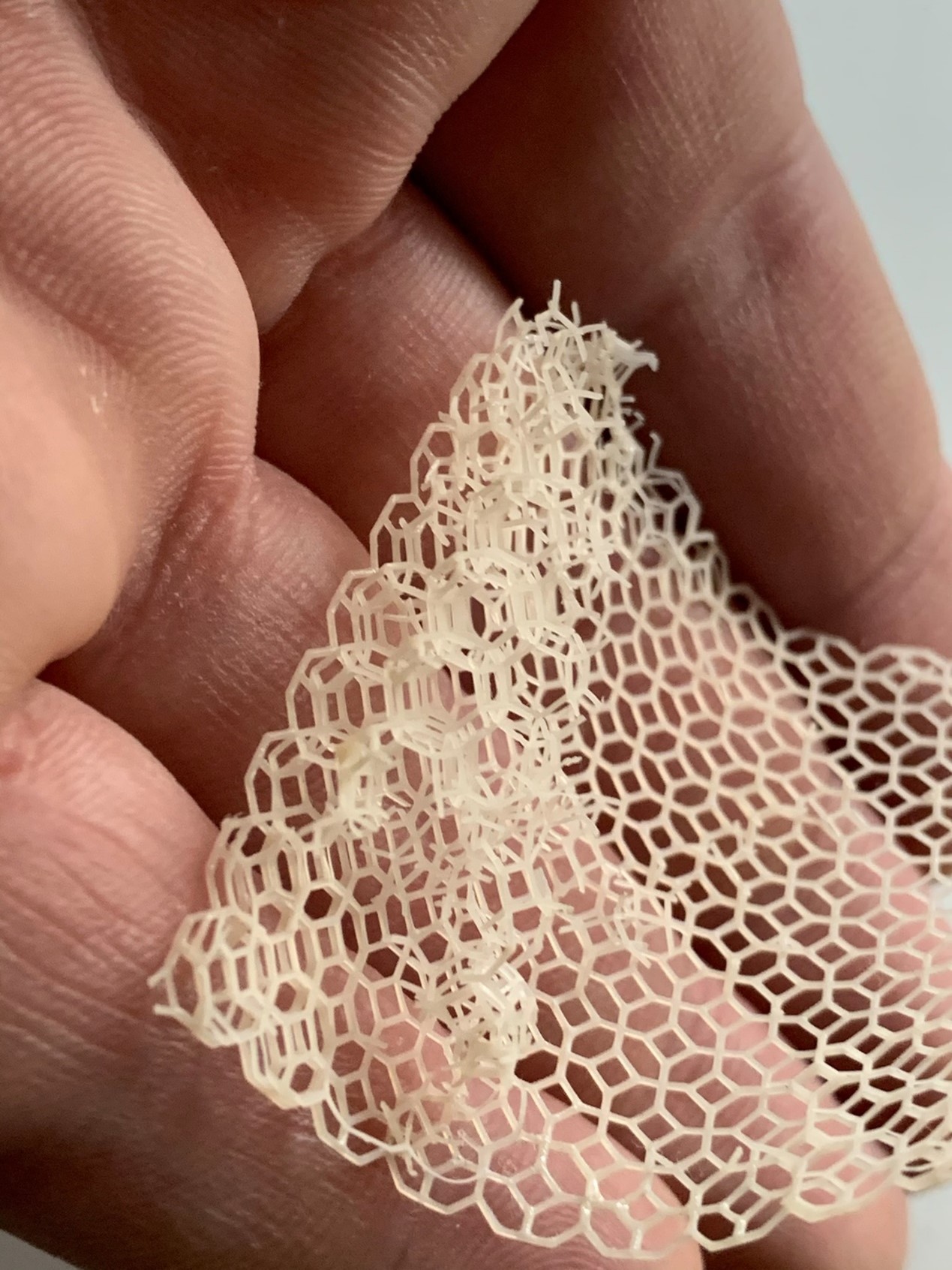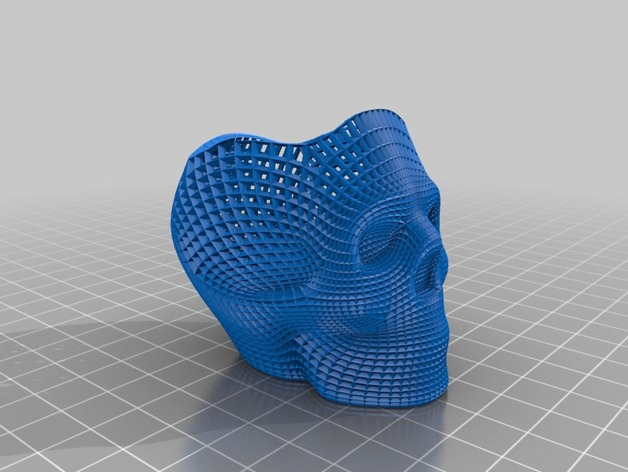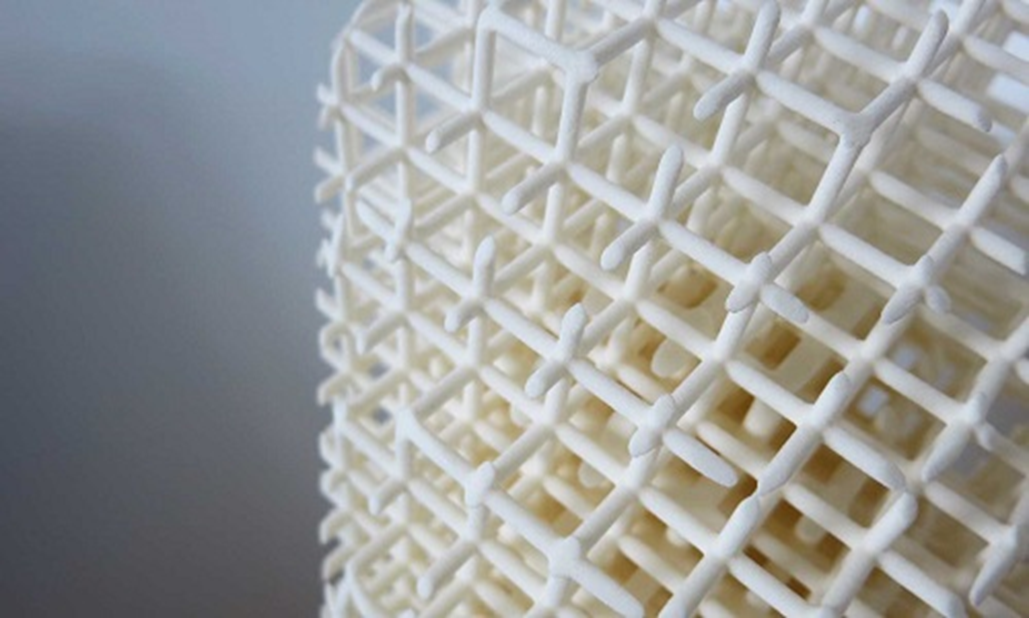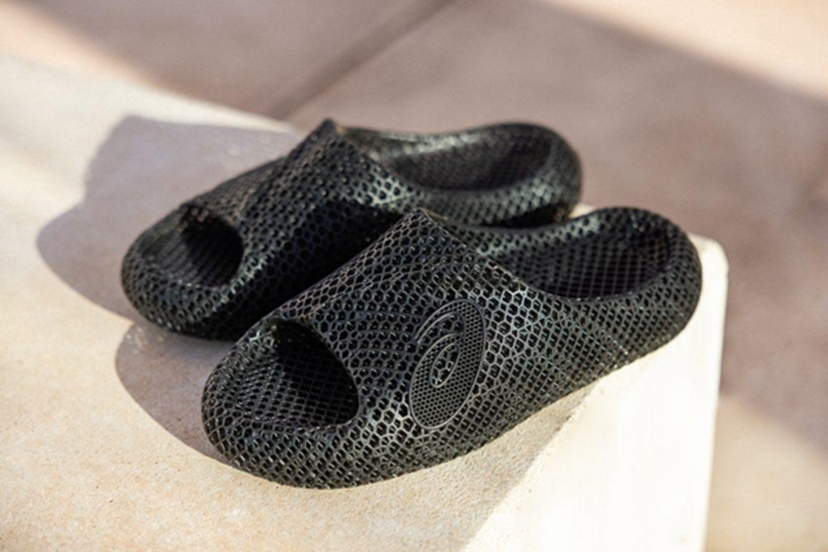The crystal structure in 3D printing is a powerful design tool that can make parts lighter, stronger, more effective in absorbing impacts, and better customized for different uses. Currently, the main applications are in different fields such as aerospace, medicine, industrial, and footwear, which have broad application prospects. At the same time, such parts with complex internal crystal architecture made by 3D printing have their unique advantages and cannot be made by traditional manufacturing techniques.
Some users have successfully printed the crystal structure in part. Let us take a look at this beautiful structure

By @AL Eks in Voxelab User Group
What is Crystal Structure
A crystal structure is the arrangement of atoms, molecules, or ions in a regular, repeating pattern in a solid material. The atoms, molecules, or ions in a crystal are held together by chemical bonds, and the arrangement of these bonds can be described in terms of a crystal. The geometric pattern of the crystal, along with the type and arrangement of the atoms, molecules, or ions within it, determines the physical and chemical properties of the material. There are many different types of crystal structures, including cubic, hexagonal, and tetragonal. The study of crystal structures is known as crystallography, and it is an important field in materials science and engineering.
Physical Properties of Crystal Structure
The physical performance of a crystal structure depends on a variety of factors, including the type and arrangement of the atoms within the crystal, as well as the overall structure of the crystal. In general, crystals tend to have high melting and boiling points, as well as high hardness and strength. This is because the orderly arrangement of atoms within a crystal allows for strong bonds to form, which gives the crystal its characteristic properties. The physical performance of a crystal structure can also be affected by external factors, such as temperature and pressure.
3D Printing Application in Crystal Structure
1) Reducing material usage
The use of crystals in design can significantly reduce material usage by removing most of the material from non-critical areas. In the aerospace industry, for example, the introduction of crystal structures will reduce the use of titanium or Inconel materials, resulting in significant cost savings without losing the structural integrity of the part.

2) Light-weighting
There is another benefit to using less material - weight reduction. In many applications, the lighter the final weight of a part or component, the better. This has many advantages, from reducing fuel use in automotive applications to improving patient recovery times in medical cases, as well as reducing the weight of aircraft and spacecraft.

3) Energy Absorption and Dispersion
The crystal structure has many properties that facilitate energy absorption and is very effective in dissipating shocks and impact loads. By varying the density of different regions, energy can be effectively absorbed in different directions during compression. It is commonly used in the design of structures for shock absorption and seismic resistance. The complex crystal type allows for better energy distribution in multiple directions to absorb impact forces based on various properties of the material at the same time.

4) Increased surface area
The crystal structure provides more surfaces to the part, increasing its surface area many times over compared to parts of the same size without increasing its overall footprint.

Current Possibilities of Printing Crystal Structure at Home
After discussing with Flashforge mechanical engineer, Dai told us about some critical challenges in printing crystal structures on consumer-level 3D printers. 3D printing can print crystal structures, but there are still drawbacks.
Firstly, the simple crystal structure is the infilling of 3D printing. Even though there are many different forms of fill, it is still the simplest polygons that are combined to form the simplest crystal structure. For example, Flashforge 3D slicing software offers four types.
Hexagon,
Line,
Triangle,
3D Infill .
Secondly, the 3D printing machines used daily cannot meet the fine and complex structure of crystal structure printing. Because of the large retraction value, it will cause the oozing situation between each unit. Because repeated back drawing and extrusion puts a lot of pressure on the filament output system, it is easy to block up and lack filaments. Even for simple crystal structures, engineer Dai still recommends using a direct extruder for printing.









